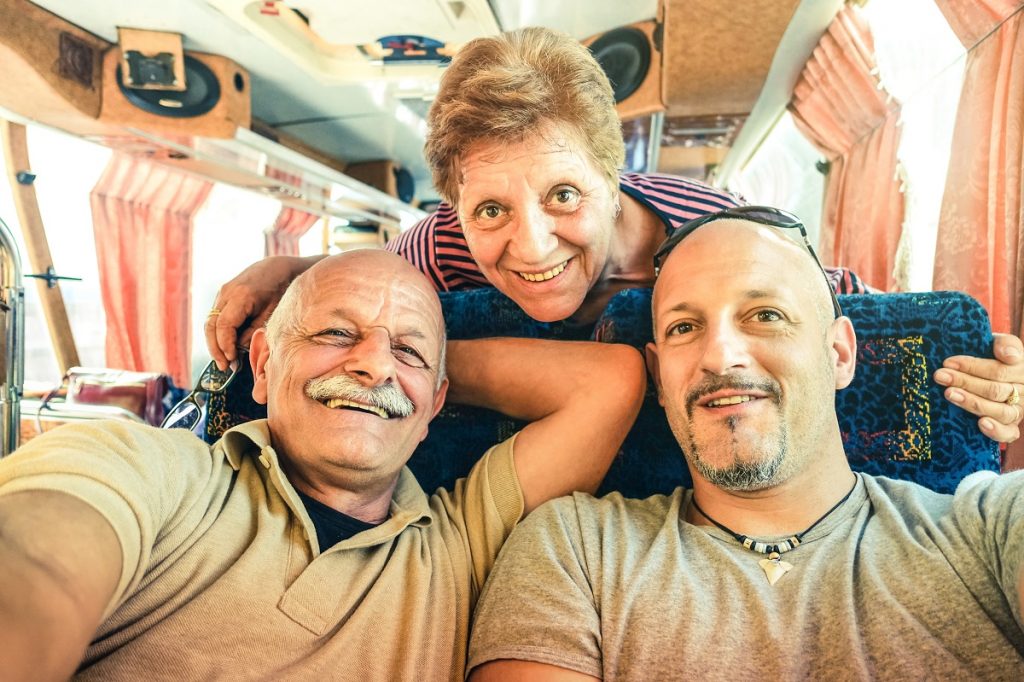As an urban healthcare provider, you know that providing quality care in a city environment poses unique challenges. Thankfully, there have been some exciting new innovations helping to bridge the gap between urban health and wellness needs and improve overall health outcomes. Take a look at a few of these modern healthcare solutions and how they are transforming the health landscape of cities.
Telemedicine
For many urban dwellers, access to healthcare is limited due to various barriers such as cost, time constraints, or lack of transportation. That’s why innovations like telemedicine are crucial for those living in urban areas.
Telemedicine provides remote access to medical care through video calls or other digital platforms, allowing patients to get medical advice from their homes without traveling. This can be especially beneficial for those who don’t have easy access to public transportation or need extra flexibility due to their busy schedules.
Especially during the recent COVID-19 pandemic, telemedicine has become increasingly important as it allows patients to get the care they need without putting themselves or their healthcare providers at risk. And because of its promising results, many doctors and hospitals are now incorporating telemedicine as a permanent part of their healthcare delivery system.
Mobile Health Apps
In the digital age, mobile health apps have become increasingly popular as they make it easier for patients to manage their health. These apps provide various features that allow patients to make informed decisions about their wellness, such as tracking activity levels, diet, and medications.
Many apps allow users to track their vital signs, set medication reminders, and access educational health resources. This makes it much easier for patients to stay on top of their health without making multiple trips to a clinic or hospital.
Mobile health apps also provide an invaluable resource for urban healthcare providers as they can remotely monitor their patient’s health, view vital signs, and provide immediate care. This allows them to intervene when needed and provide the best possible care.
Traveling Clinics
Traveling clinics are another innovative way of bringing healthcare services closer to urban residents who may not have easy access to traditional care centers due to distance or financial constraints.
These mobile clinics provide primary care services in the form of check-ups, vaccinations, and more right at the doorstep of underserved communities in cities all over the world. The goal is not only to increase patients’ access but also to provide them with more personalized care and support mental health by reducing stress and other psychological barriers associated with seeking care.
Many cities are exploring the potential of traveling clinics to improve their healthcare infrastructure further, and the results have been overwhelmingly positive. So, there’s no doubt that this technology will continue to transform the health landscape of cities in the future.
3D Printing
With the rise of 3D printing, it’s not surprising that healthcare providers are leveraging this technology to improve health outcomes. In recent years, 3D printing has been used by medical professionals to create medical equipment, prosthetics, and even custom-made organs for transplantation.
The ability to quickly and cheaply produce customized medical devices allows healthcare providers to better meet the unique needs of their patients, especially those living in urban areas. This technology also has the potential to save lives in emergencies, as it can quickly produce medical equipment that might not be readily available.
Another area that is widely being explored is the use of 3D printing to create accurate models of a patient’s body part, particularly in dentistry. 3D-printed dental models have the potential to be more durable and can be an excellent option for creating long-lasting dental implants. Thus, 3D printing can help healthcare providers provide more personalized care to urban patients.

Electronic Medical Records
Technology has also impacted healthcare delivery in urban areas by making patient data more accessible than ever before.
Electronic medical records (EMRs) allow healthcare providers to easily store and share patient information across multiple locations, helping them make more informed decisions about treatments while increasing efficiency and reducing costs associated with paperwork and administrative tasks. This technology also enables providers to better analyze patient trends and identify potential areas of improvement when delivering quality care in their communities.
Keeping an eye on the future of healthcare, it’s clear that technology impacts how urban cities deliver medical services. The above are only a few ways technology is transforming urban healthcare, but many more innovations are yet to come. So, it’s only a matter of time before you see even more technology-driven health solutions that can further benefit the wellness of urban residents worldwide.





